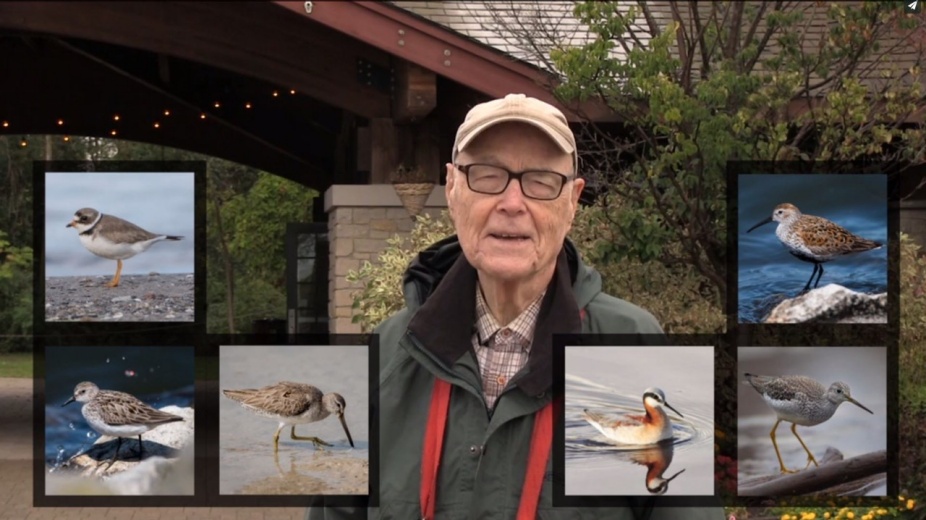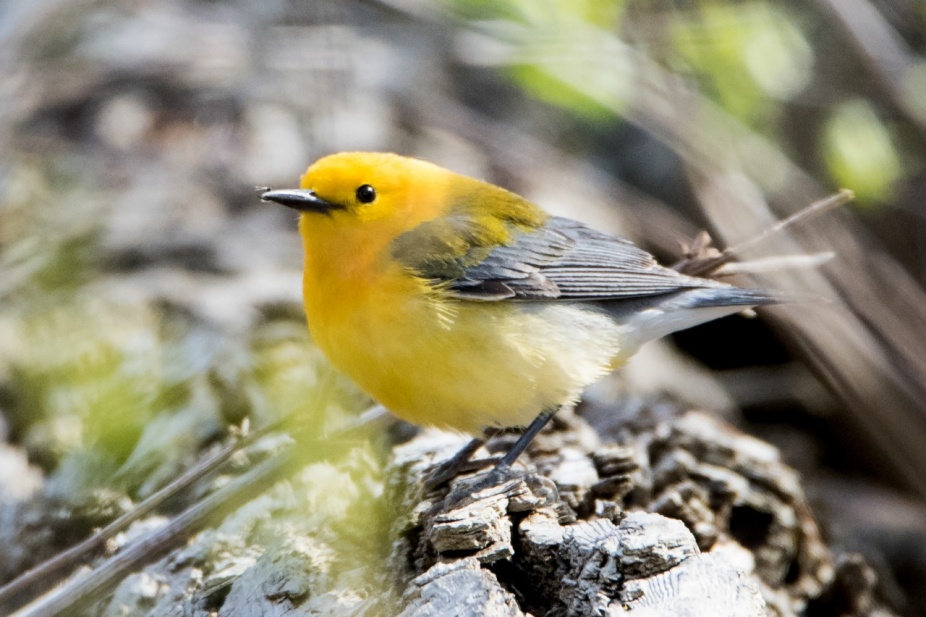
During the pandemic, people flocked to birding—with help from UB GSE professor emeritus
Retired math ed and biology professors team up to launch online guide for beginning birders
BY MICHELLE KEARNS
As pandemic closures started this spring, people stuck in a new socially distant world started to get more curious about the birds around them—from orioles and scarlet tanagers at the birdfeeder to goldfinches and warblers flitting in the trees. By coincidence, a retired UB GSE professor of math teaching was there to help. Professor Emeritus Gerald Rising teamed up with a friend, Michael Noonan, a retired Canisius College biology professor, to launch Birds on the Niagara Frontier featuring interviews with local birders and tips for beginners, just as public interest in birding began to pique.
Its steady traffic of about 400 visits a month was a gratifying surprise. “We expected 40 or 50 hits. We’re getting way more than that. It’s a great feeling,” said Rising, a naturalist who has published two books of essays about birds and wrote a weekly “Nature Watch” column for the Buffalo News from 1991 to 2015. “We didn’t expect any kind of response like this. Part of it is due to the quarantine.”
To develop the site, Rising spent last year collaborating with Noonan, a fellow naturalist.
Noonan, who earned his PhD in behavioral neuroscience at UB, directed, produced, videoed and designed the website. Rising reached out to his contacts in the local birding community for interviews and wrote scripts.
He leads the conversations in the site’s series of 12 video shorts—one for each month. At 93, he is a dynamic figure on camera. For the June episode, he joined fellow birder Chris Hollister—a GSE adjunct professor and UB’s Head of Scholarly Communication—on a car ride to Clarence’s Tillman Road Wildlife Management Area to count birds for the government’s North American Breeding Bird Survey.
“It was a wonderful year of learning,” said Rising of the experience.
At GSE, Rising is best known for co-founding the Gifted Math program, now in its 40th year. It offers advanced math classes on the UB campus for secondary school students. In the 26 years since his retirement as a professor of math education, he continued his teaching work by writing books. “Letters to a Young Math Teacher” has guidance for beginning teachers. His latest “About Mathematics,” a college course book coming out later this year, aims to give humanities students better perspective on math.
As for his success as a naturalist, Rising credits his creative right-brain bent, a little math and his vocation as a teacher: “My mind turns more to science than it does to other areas because of my mathematics,” he said. “Like any educator, my general concern is with the betterment of society. That’s what we do. A lot of my friends just go bird watching. They keep lists … I keep those lists, too. My interest goes beyond that in trying to share it with others.”
Rising’s tips for beginners:
- Find a book. Roger Tory Peterson’s “Field Guide to Birds of Eastern and Central North America” is a classic reference. Peterson, originally from Jamestown, wrote his first guide in 1934. He revolutionized birding by focusing on the marks that differentiate species. Although Peterson died in 1996, the modern expanded edition continues in his tradition.
- Use binoculars. They don’t have to be expensive. Experts say the difference between good $150 binoculars and a top-of-the-line $3,000 pair is 5 to 10 percent. “When I first went out birding, I had a pair of binoculars that my father had from World War 1,” said Rising.
- Get involved. Pair up with someone you so you can share your discoveries. When social distancing policies ease, consider joining an outing organized by a local organization like the Buffalo Ornithological Society or the Buffalo Audubon Society. Experienced birders will be eager to point out the birds they spot.
- Try an app to identify birds and their songs. Birdsandblooms.com recommends this list

